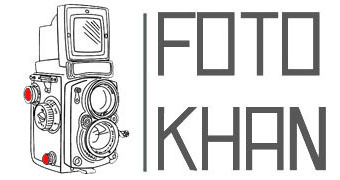Embarking on your photography journey is an exciting endeavor, and choosing the right camera type is a critical first step for beginners. There are several options to consider, including DSLR, mirrorless, and point-and-shoot cameras. Each has its own advantages and limitations, making it important to understand their differences before making a decision.
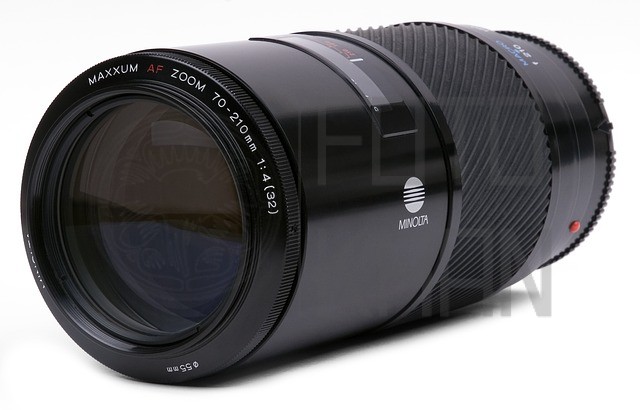
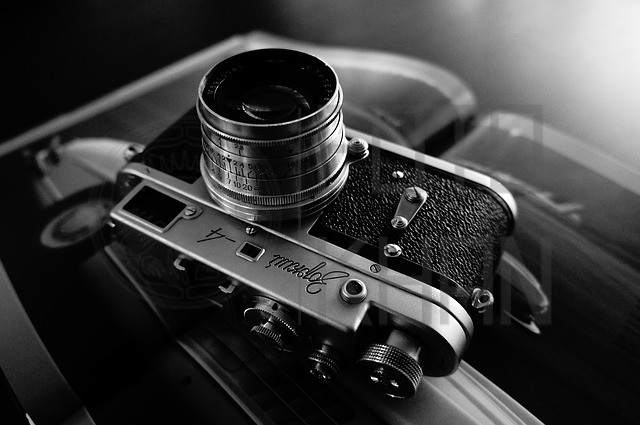
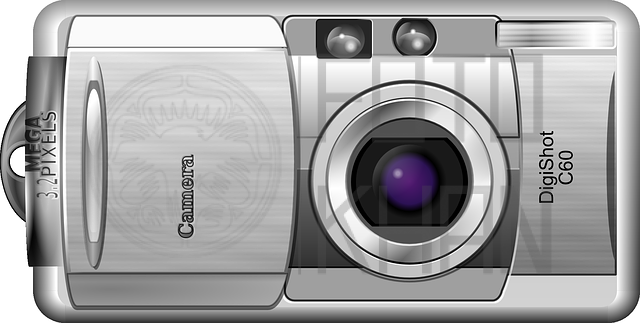
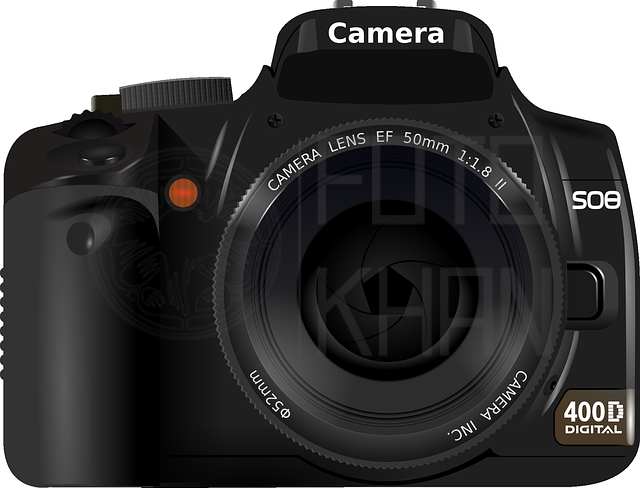
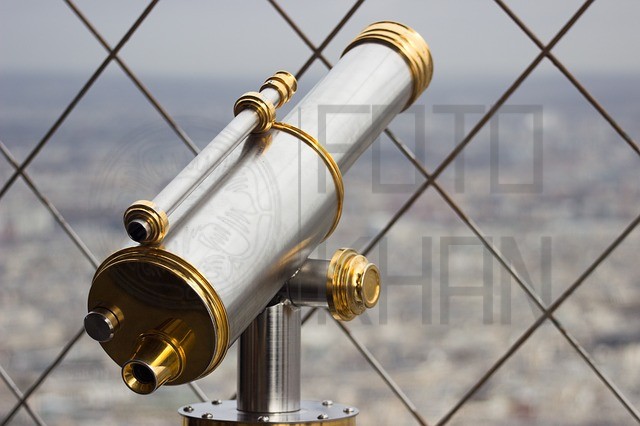
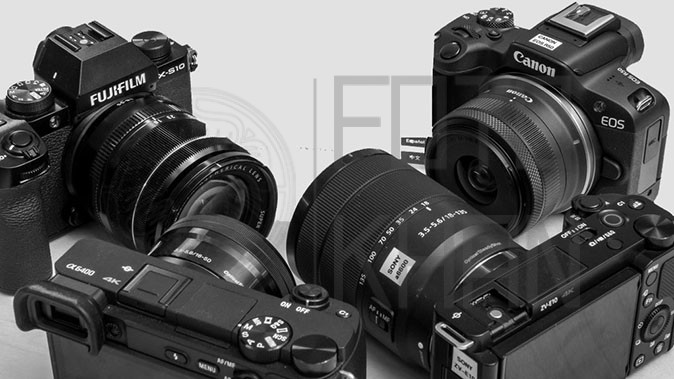
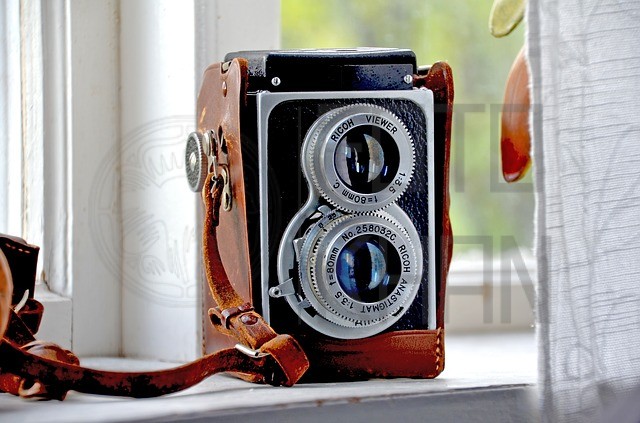
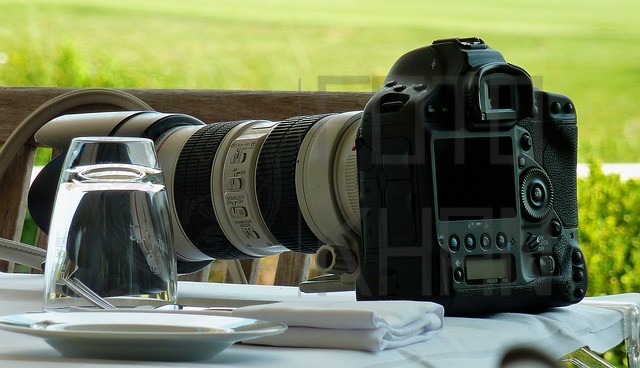
1. DSLR (Digital Single-Lens Reflex):
DSLR cameras are favored by many photographers for their versatility and image quality. They have an optical viewfinder that allows you to see exactly what the lens sees. This feature helps you compose shots accurately and can be invaluable for learning photography fundamentals like composition and exposure.
Tip: DSLRs offer a wide range of interchangeable lenses, providing flexibility to adapt to various shooting scenarios. Start with a kit lens, typically an 18-55mm zoom lens, which covers a variety of focal lengths.
2. Mirrorless Cameras:
Mirrorless cameras are gaining popularity among beginners and professionals alike due to their compact size and excellent image quality. These cameras lack the bulky mirror mechanism found in DSLRs, making them lighter and more portable.
Tip: Mirrorless cameras offer adaptability, with many brands providing compatibility with a range of lenses. Invest in a versatile prime or zoom lens based on your interests, whether it’s landscapes, portraits, or wildlife.
3. Point-and-Shoot Cameras:
Point-and-shoot cameras are the most compact and user-friendly option. They’re perfect for beginners who want a simple, hassle-free experience. These cameras often feature automatic modes that handle settings like focus and exposure.
Tip: Look for a point-and-shoot with manual control options. While they’re designed for simplicity, having the ability to adjust settings like aperture and shutter speed can help you learn the basics of photography.
General Tips for Beginners:
- Consider Your Needs: Think about the type of photography you’re interested in (e.g., landscapes, portraits, sports). Your chosen camera should align with your interests.
- Budget Wisely: Photography equipment can be expensive. Set a budget and stick to it, allocating funds for lenses, memory cards, and accessories.
- Learn the Basics: Invest time in understanding the fundamentals of photography, such as exposure, composition, and lighting. Online tutorials, photography courses, and books can be valuable resources.
- Practice Regularly: The more you shoot, the better you’ll become. Experiment with different settings and techniques to build your skills.
- Explore Post-Processing: Learn basic photo editing to enhance your images after capturing them. Software like Adobe Lightroom and Photoshop can help you refine your shots.
In conclusion, selecting the right camera type is a crucial decision for beginner photographers. Whether you opt for a DSLR, mirrorless, or point-and-shoot camera, each has its unique advantages. Choose the one that aligns with your interests and budget, and invest time in learning the fundamentals of photography to kickstart your photographic journey. Remember, practice makes perfect, so keep shooting and exploring the art of photography.
